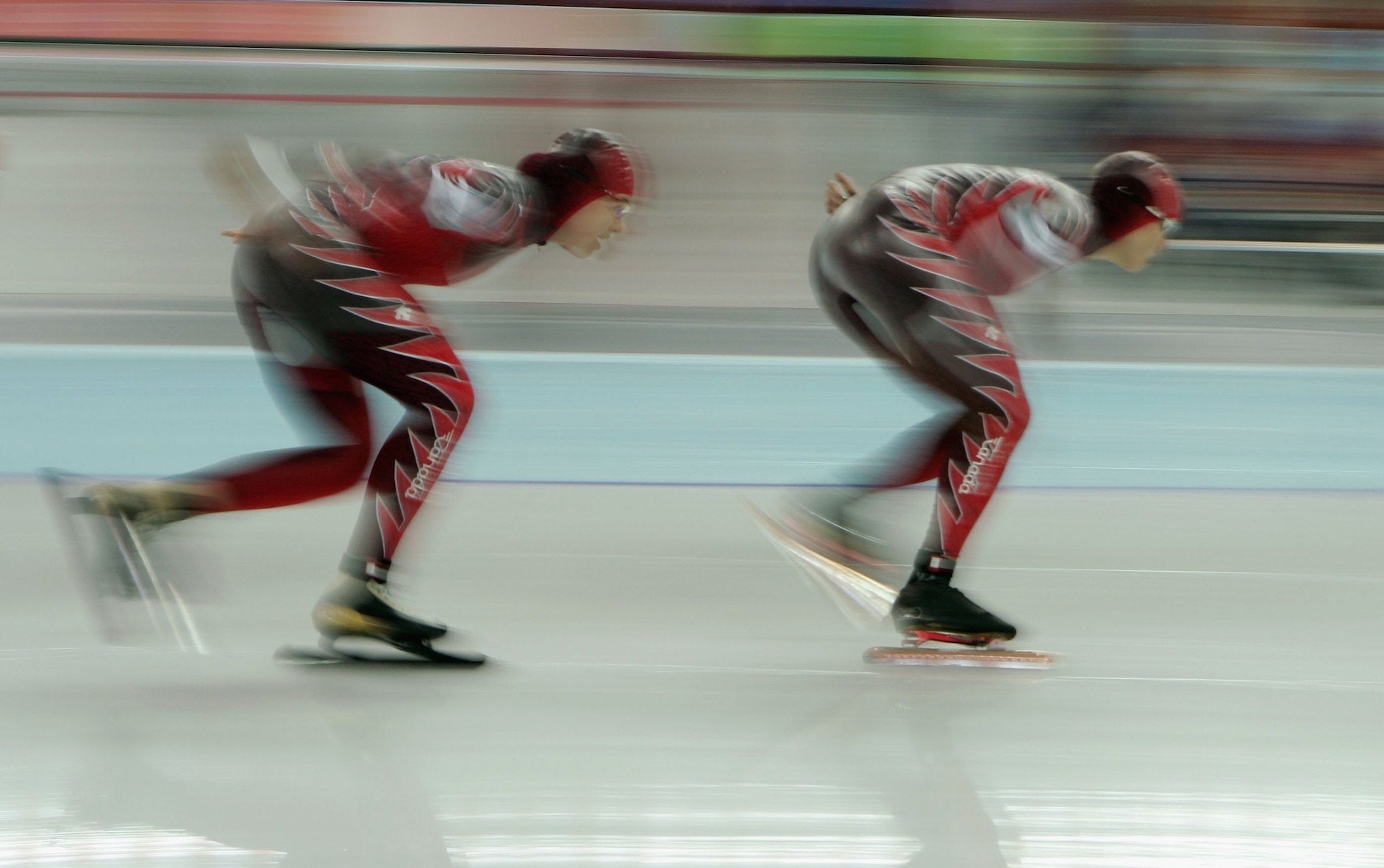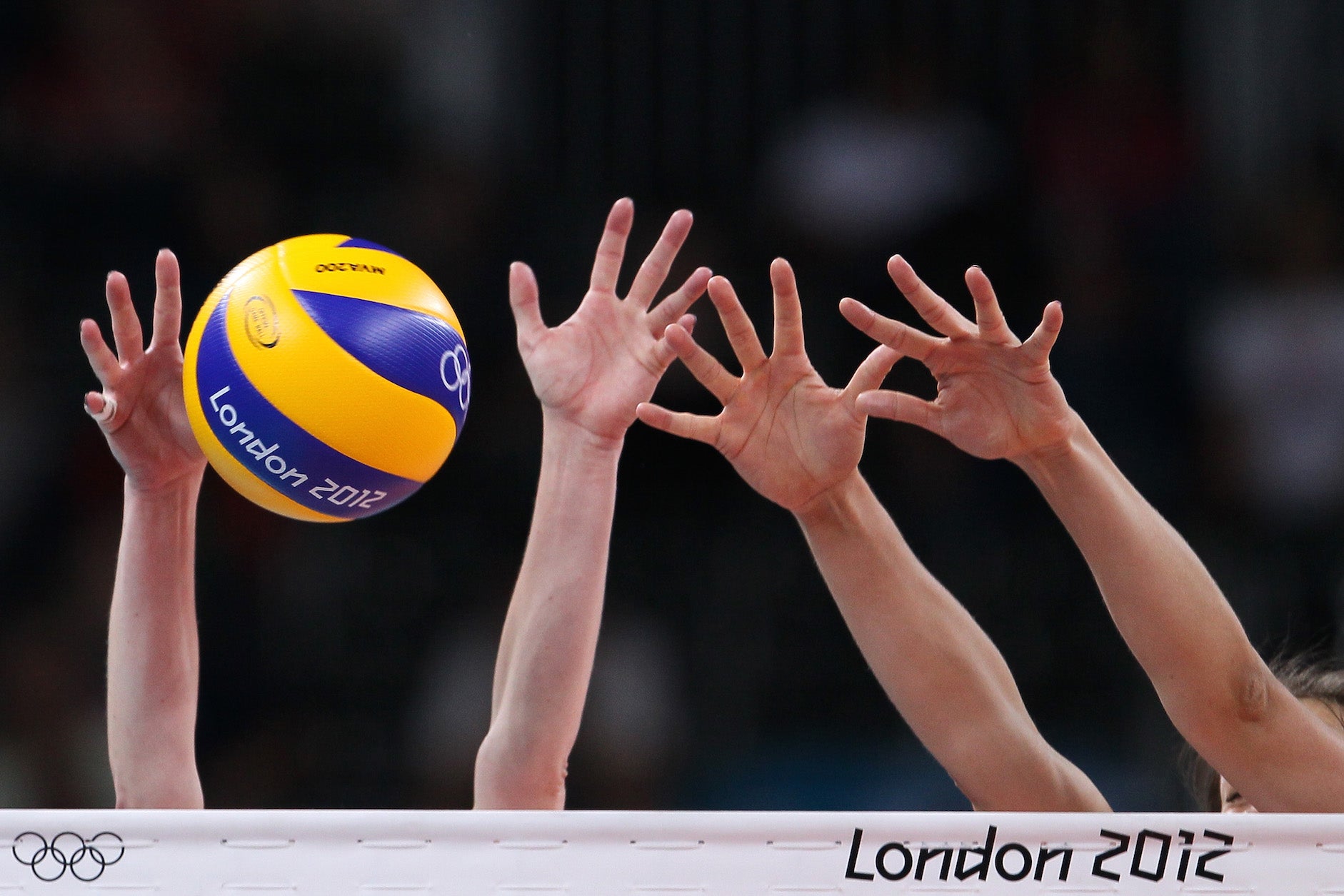How to take stunning summer action shots on your phone: tips from a genius Olympic photographer
In her nearly 20 years documenting ball games, boxing matches, Olympic speed skating competitions, and every sport in between, Getty Images photographer Elsa Garrison picked up a few ideas about what makes a good action shot: Great lighting. Revealing facial expressions. And breathtaking movements and patterns.


In her nearly 20 years documenting ball games, boxing matches, Olympic speed skating competitions, and every sport in between, Getty Images photographer Elsa Garrison picked up a few ideas about what makes a good action shot: Great lighting. Revealing facial expressions. And breathtaking movements and patterns.
It’s not easy to capture all that in a split-second, especially on a smartphone camera, which has fewer features and capabilities than a professional DSLR model. But you don’t need professional-grade equipment to snap a stunning action shot (as Apple’s “Shot on an iPhone” campaign likes to remind us).
Before heading to Rio to shoot her sixth Olympic games, Garrison shared a few tricks of the trade to help improve your action-soaked summer shots.
Always have a plan
Garrison always thinks ahead about how what photos she wants and how to get them—whether it’s a sport she’s covered a hundred times, like baseball, or something like fencing that she’s less experienced in.
You can do the same. Before heading to your niece’s soccer match or the beach for a game of volleyball, think about the shots you want and how you’ll capture them. Do you want the winning goal? Then position yourself near the net. If you want a shot of the post-play celebration, set up where the coaches or families are, and players will likely gather, Garrison said.
“When you think about the Olympics or anything else, just prepare and plan,” Garrison said.
Pro tip: Set up your shots so that your subjects are against a clean background, without too many distractions. It’ll make the action stand out.
Good lighting is key
“Lighting is everything,” Garrison says, ”especially when trying to shoot with a cellphone.”
It’s much harder to take action shots indoors or at night, she says, because the shutter speed slows down to capture more light, so any movement in the image will make it look blurry.
Generally, you’ll have better luck shooting outdoors and during daylight, she says.
Pro-tip: You can tinker with the exposure on most smartphone cameras to make the image look lighter or darker. Long-exposure shots can have a hazy, dreamy effect.

Get close
You sacrifice image quality when you zoom in. Instead, Garrison said, get closer to the action. And don’t feel bashful: ”You have to get yourself closer to the action than you normally would” with a smartphone, Garrison said.
Pro tip: Crop the photo afterwards to frame it better.

Focus on emotion
Many of Garrison’s favorite photos capture great facial expressions and extreme emotions amid the action—the thrill of the win, for example, or the agony of defeat. Instead of just chasing the action of the sport, try focusing on an athlete’s face.
Pro tip: Tighten the frame around the subject’s face. It’ll help capture the emotion and have more of an impact on social media, Garrison said.
Be patient
Instead of chasing the action and then trying to train your camera upon it, Garrison recommends finding a good spot, adjusting your settings until you get the focus and exposure you want, and waiting for the right moment to enter your field of vision.
“Be patient and wait for them to come to you,” Garrison said.
Pro-tip: You can lock the focus and exposure on most smartphone cameras to prevent it from automatically adjusting to the action on screen.

Predict action and react to it
One of Garrison’s favorite sports to photograph is baseball. She’s constantly thinking about how things will play out in the game and how the players will react, so she can set herself up for a great photo. She may start by focusing on the batter, for example, and then follow the ball to capture either the catch or the miss. And when there’s a home run, she always goes to the pitcher to catch the reaction.
“A lot of sports photography is reacting to the moment,” said Garrison. “You can’t predict what’s going to happen. The key is to just react to whatever.”
Pro tip: It helps to know your subject and the sport here. Ask yourself: What’s going to happen? How can I prepare myself? And what do I want to get out out of it?

Get comfortable with your equipment
You don’t need professional equipment to take a good action shot. But you do need to know your camera’s settings and features so you can react quickly. Spend some time getting to know your camera, Garrison advises, even if it’s a smartphone.
Good action shots require swift shutter speeds to avoid blur. But the shutter speed, or length of time the camera keeps the lens open to take a picture, is limited on many smartphone cameras, Garrison said. She finds that she can’t react as quickly to movement on the field as with a typical camera.
When taking photos on her iPhone 5, Garrison typically uses the volume buttons on the side of the device to release the shutter, instead of the on-screen shutter button. She finds that the on-screen tap takes a little longer, and misses the moment.
She also uses the third-party Camera Plus app, which costs $0.99 in the App Store. It has a feature that helps stabilize your movements and the movement on camera for a clean shot. That also helps when photographing in low light.
As for camera accessories like mini tripods and lenses, Garrison says skip them. Shooting on a smartphone is about convenience. For the cost and hassle of carrying the gadgets around, “you might as well carry a real camera,” she said.
Skip the selfie
The camera on the front of your smartphone may be great for selfies and Snapchat, but it doesn’t take the best photos. It generally has fewer megapixels than the back-of-the-phone camera, which results in lower quality images. It was built more for videoconferencing apps like FaceTime and Skype than photography.
“It flairs a bit more,” Garrison said. “It’s just not as crisp.”
Pro tip: It’ll take some practice to get the right framing, but you can snap a selfie using the camera on the back of your phone too. A selfie stick can also help stabilize the image for a better shot.